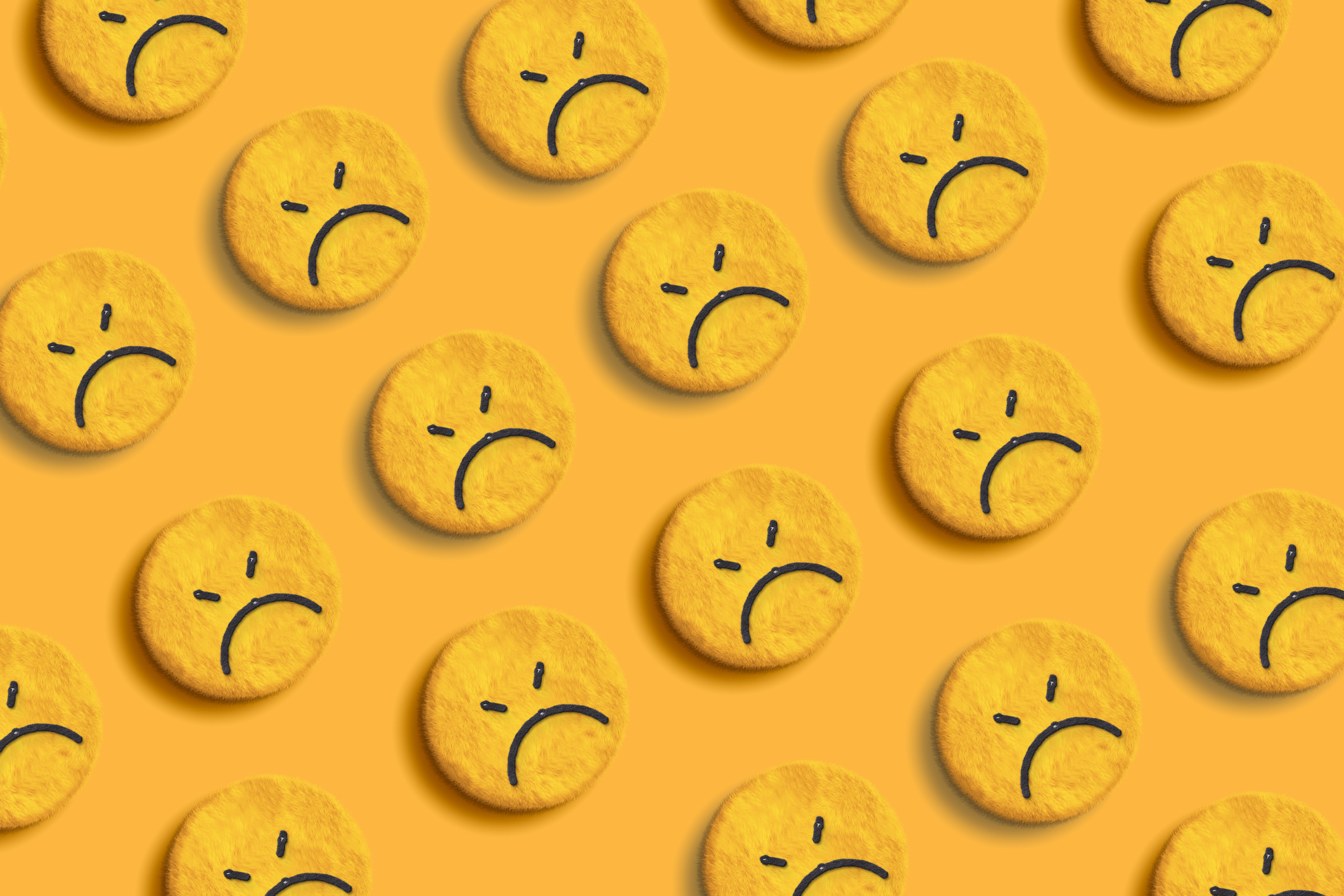Handle Junk Bonds With Care
They still pay more than most debt, but bargains are scarce.
Because interest rates are so low today, the extra income you get from high-yield, or “junk,” bonds looks tempting. But before you buy in to junk, you should know what you’re getting yourself into.
SEE ALSO:
The Managers of a Top Bond Fund Turn Bearish
p>
From just $107.88 $24.99 for Kiplinger Personal Finance
Become a smarter, better informed investor. Subscribe from just $107.88 $24.99, plus get up to 4 Special Issues

Sign up for Kiplinger’s Free Newsletters
Profit and prosper with the best of expert advice on investing, taxes, retirement, personal finance and more - straight to your e-mail.
Profit and prosper with the best of expert advice - straight to your e-mail.
Companies with poor credit ratings issue junk bonds, so yields tend to be larger than those of Treasuries and other low-risk debt. In recent years, though, investor demand for junk has pushed up prices and slashed yields (bond prices move opposite to yield). In fact, the average junk bond recently paid out only 5.8%, well below the long-term average of 9.5%. And at 3.9 percentage points, the gap between the yield of the average junk bond and that of comparable Treasuries is nearly two percentage points short of the average (figures are as of September 5).
Given such low yields, the chance of a junk-bond pullback is rising. This summer offered a glimpse of what could happen. For about two weeks in July and August, U.S. stocks retreated due to a host of worries, from conflicts in the Middle East and Ukraine to the winding down of the Federal Reserve’s bond-buying program. Standard & Poor’s 500-stock index fell 3.9%. Junk bonds, which tend to move in the same direction as stocks, also pulled back. The Bank of America Merrill Lynch U.S. High Yield Master II index, a broad benchmark of junk bonds, declined 1.0%.
The damage turned out to be minimal. Stocks recovered, and the U.S. High Yield Master II index has returned 5.3% year-to-date. But that also means junk bonds remain expensive. “There hasn’t been a dramatic repricing,” says Mark Freeman, comanager of the Westwood Income Opportunity fund.
As a result, financial advisers are singing a cautious tune. Holding some junk bonds makes sense because of their fatter interest payments and because they should hold up better than lower-paying, high-quality bonds once yields start rising in earnest. But signs of a faltering economy or a stock market correction (a drop in share prices of 10% to 20%) could cause junk debt to reel.
Funds to consider. Lou Stanasolovich, of Legend Financial Advisors, in Pittsburgh, recommends that his clients keep 3% to 8% of their portfolios in junk bonds. One good choice: Osterweis Strategic Income Fund (symbol OSTIX). Although Osterweis, a member of the Kiplinger 25, can own any type of bond, it currently has 90% of its assets in junk. Comanager Carl Kaufman says rising rates pose a greater risk to bond investors than a rash of firms defaulting on their debt. But he’s selective about what he buys. “We own a lot of companies that aren’t investment-grade but that aren’t bad companies,” he says. Hertz Global Holdings is one example. This year, the rental car giant announced that it will have to restate as many as three years of results because of an accounting error, and that 2014 profits will be lower than expected. But Kaufman believes the challenges Hertz faces are temporary.
Strategic Income is also positioned to combat rising rates. Its average duration, a measure of interest-rate sensitivity, is about 2 years, compared with a little more than 4 years for the U.S. High Yield Master II index. Year to date, the fund has returned 3.4%. It yields 3.4%, and annual expenses are 0.85%.
For another option, check out Vanguard High-Yield Corporate (VWEHX). The fund doesn’t gamble on the highest-yielding (and therefore highest-risk) bonds; more than half of the portfolio is in debt rated BB, the best rating for junk. This approach can help minimize losses. In 2008, for example, High-Yield Corporate fell 21.3%, compared with 26.4% for its average competitor. So far this year, the fund has returned 5.0%, and it yields 4.3%. Its annual expense ratio is a low 0.23%.
Profit and prosper with the best of Kiplinger's advice on investing, taxes, retirement, personal finance and much more. Delivered daily. Enter your email in the box and click Sign Me Up.
-
 Dow Hits New High Then Falls 466 Points: Stock Market Today
Dow Hits New High Then Falls 466 Points: Stock Market TodayThe Nasdaq Composite, with a little help from tech's friends, rises to within 300 points of its own new all-time high.
-
 The Best Vanguard Bond Funds to Buy
The Best Vanguard Bond Funds to BuyInvestors seeking the best Vanguard bond funds can pick between mutual funds and ETFs spanning maturities, credit qualities, tax treatment and geographies.
-
 Are You Afraid of an IRS Audit? 8 Ways to Beat Tax Audit Anxiety
Are You Afraid of an IRS Audit? 8 Ways to Beat Tax Audit AnxietyTax Season Tax audit anxiety is like a wild beast. Here’s how you can help tame it.
-
 What Fed Rate Cuts Mean For Fixed-Income Investors
What Fed Rate Cuts Mean For Fixed-Income InvestorsThe Fed's rate-cutting campaign has the fixed-income market set for an encore of Q4 2024.
-
 The Most Tax-Friendly States for Investing in 2025 (Hint: There Are Two)
The Most Tax-Friendly States for Investing in 2025 (Hint: There Are Two)State Taxes Living in one of these places could lower your 2025 investment taxes — especially if you invest in real estate.
-
 The Final Countdown for Retirees with Investment Income
The Final Countdown for Retirees with Investment IncomeRetirement Tax Don’t assume Social Security withholding is enough. Some retirement income may require a quarterly estimated tax payment by the September 15 deadline.
-
 Dividends Are in a Rut
Dividends Are in a RutDividends may be going through a rough patch, but income investors should exercise patience.
-
 Municipal Bonds Stand Firm
Municipal Bonds Stand FirmIf you have the cash to invest, municipal bonds are a worthy alternative to CDs or Treasuries – even as they stare down credit-market Armageddon.
-
 Best Banks for High-Net-Worth Clients
Best Banks for High-Net-Worth Clientswealth management These banks welcome customers who keep high balances in deposit and investment accounts, showering them with fee breaks and access to financial-planning services.
-
 High Yields From High-Rate Lenders
High Yields From High-Rate LendersInvestors seeking out high yields can find them in high-rate lenders, non-bank lenders and a few financial REITs.
-
 Time to Consider Foreign Bonds
Time to Consider Foreign BondsIn 2023, foreign bonds deserve a place on the fringes of a total-return-oriented fixed-income portfolio.